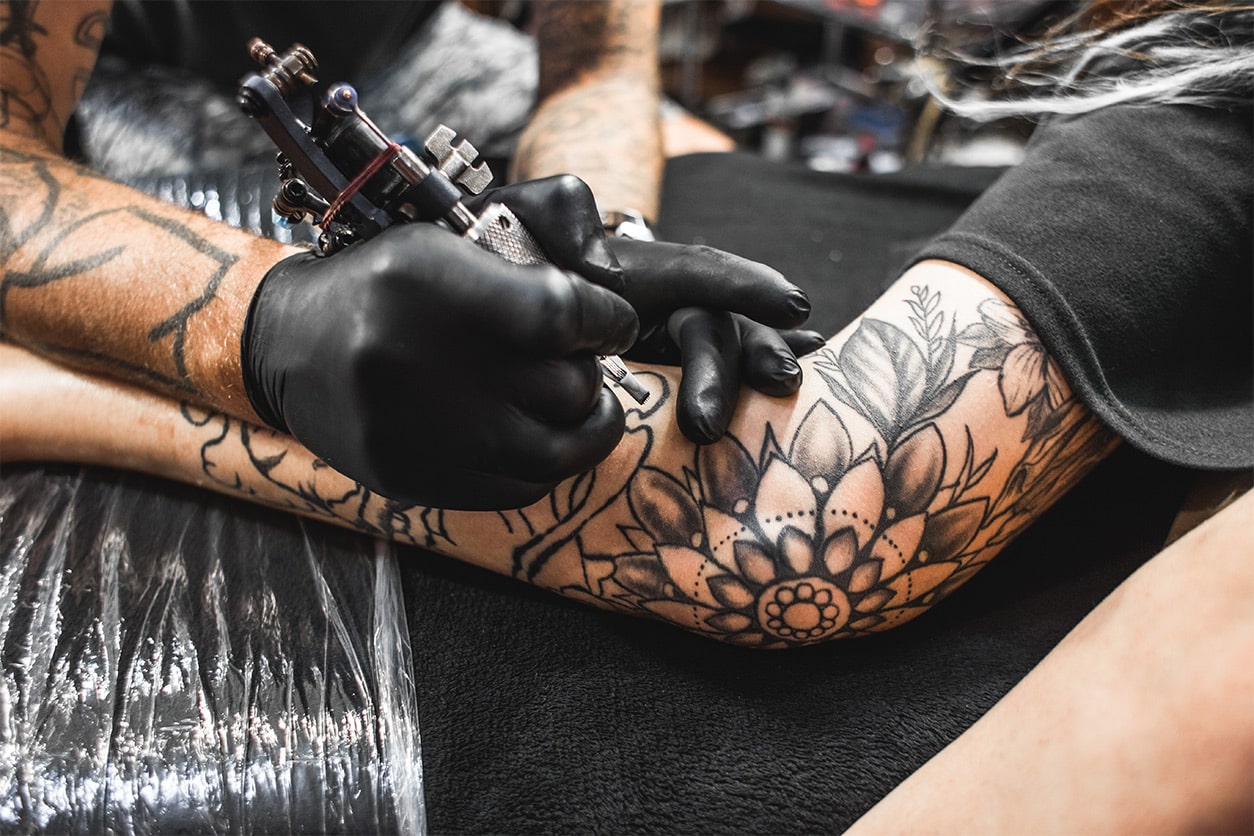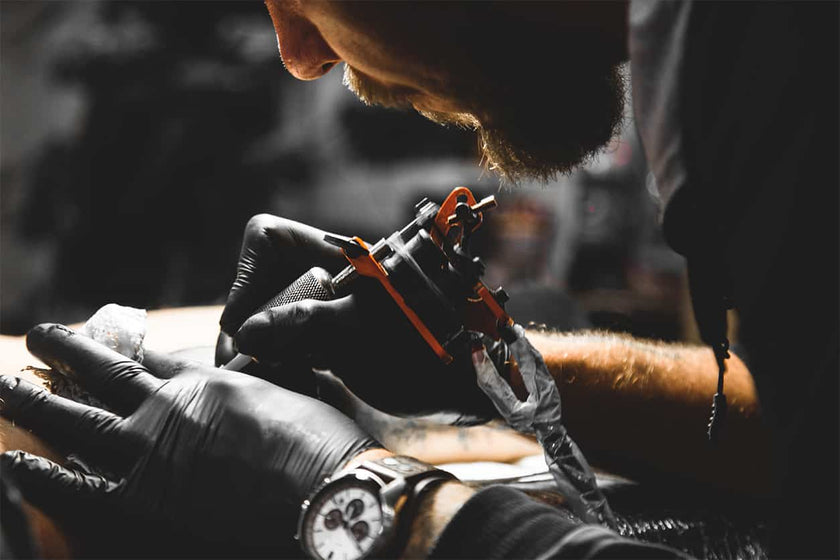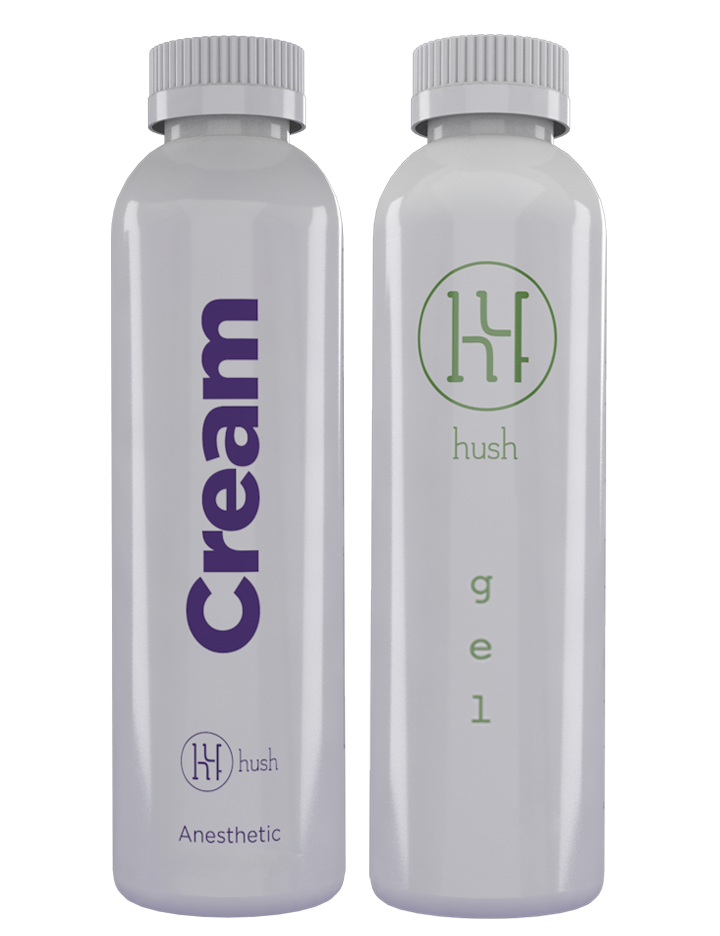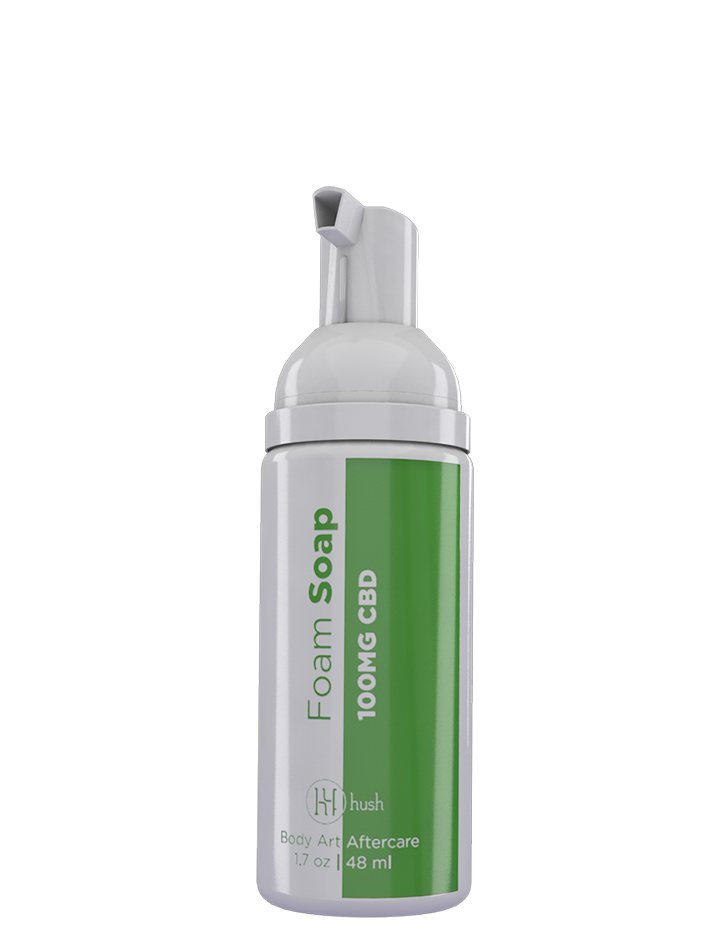American traditional tattoos are the original ink symbol of freedom and life’s wild journey. Originally people wore tattoos as an outward statement of their rebellion against “normal” societal rules (normal is boring, you know how it goes). Let’s dive into the features of these classic tattoos and how they play a role in our society today.
What Are the Characteristics of an American Traditional Tattoo?
American traditional tattoos are vintage-style tattoos that date back to the 1930s. Objects such as hearts, skulls, pinup girls, anchors, and eagles are types of American traditional tattoos. Tattoos artists from around the US and beyond have mastered the iconic traditional tattoo design. These types of tattoos have distinguishing features, which include:
- Bold and clean black outlines in a 2D finish (looks like a drawing)
- Highly saturated colors of red, green, yellow, and lots of black
- Minimal shading
- Nautical themes (classically)
Often, traditional tattoo motifs embellish tattoo studio walls as decor and a remembrance of how far tattoos have come over the years.
What Is the Difference Between American Traditional Tattoos and Neo-Traditional Tattoos?
Neo-traditional tattoos are a more modern nudge to the old-school traditional tattoos. The tattooing technique uses a modern approach and a more nuanced color palette. Neo-traditional tattoos differ from traditional tattoos in the following ways:
- Neo contains a more extensive color palette than the primary colors in traditional tattoos
- Has shading for a more 3D effect
- Textural as opposed to the American-traditional flat tattoos
- Broader range in motifs such as flowers, animals, and portraits
- Decorative tattoo details such as beads and chains
Both traditional and neo-traditional tattoos have similarities, yet they should be easily distinguishable. Not quite able to tell the difference yet? We got you — allow us to further explain.
What Is the History Behind American Traditional Tattoos?
Tattoos began long before the WWII era. In the late 1800s and early 1900s, tattoos were popular among circus performers. People who dedicated their lives to not fitting in with society wore tattoos proudly. Maud Wagner was the first female tattoo artist in 1904 who paved the way for what was to become the American traditional tattoo. When American traditional tattoos first began making their mark in the world, they represented a rebellion against the confines of mainstream society. Sailors, service members, and circus performers made these tattoos famous in the 1930s, well into WWII and beyond. Former Navy man Norman Collins (aka Sailor Jerry) built his tattoo legacy just West of Honolulu during this time and forever changed the world of tattoos. Service members stopped to get ink on their arms, backs, and shoulders at this shop after the Japanese invasion of Pearl Harbor. Sailor Jerry’s art of tattooing combined vivid colors and iconology that he learned from Japanese tattoo masters. He was determined to master their techniques and combine them with his own to create one-of-a-kind artwork. His sterilization techniques and use of purple ink made him a tattoo pioneer. Today, these tattoo basics haven’t faded (see what we did there?), and his flash designs remain popular all around the US and beyond.
What Are Examples of American Traditional Flash Tattoo Designs?
Sailor Jerry made flash designs popular with his original tattoo style and creativity. Each design represents thousands of years of American servicemen’s interpretations of ideas and traditions. Flash tattoos are iconic, and you’ve probably seen a few before, even if you didn’t realize it at the time. Here is a list of several common flash tattoos in the American traditional style:
Anchors
Anchors are a symbol of grounded stability. Sailors often tattooed themselves with anchors to symbolize steadiness (seems appropriate). An anchor is the most stable thing in a sailor’s life at sea, so it’s no wonder why they held this symbol sacred.
Hawaiian Icons
Sailor Jerry lived in Hawaii until he died in 1973. He loved the Hawaiian Islands and their beauty, and he depicted that love through his hula girl tattoos and scenic Hawaiian island artwork. Can you blame him?
Eagles
For Sailor Jerry, the eagle depicted his country’s idealized America. Eagles symbolize America’s freedom and honor, so these tattoos represent this in a very iconic way.
Hearts
Sailors often desired a heart tattoo to look at in remembrance of those they held close to their heart. These heart tattoos were often just images, but sometimes they had the name of a particular loved one — think the classic “Mom” scrolled across the heart that you have almost certainly spotted on the buffest-looking guy in town. Heart tattoos remain one of the most popular tattoo types today.
Shellback Turtles
Once a sailor crossed the equator, he could get the shellback turtle tattooed on his body. The shellback represented a sailor’s life at sea, and the longer he spent at sea, the more tattoos he could get. This gives save the turtles a whole new meaning.
Nautical Stars
Sailors believed that nautical stars kept them on the correct route while out at sea. The nautical star represented the North Star, which the sailor used for navigation.
Lucky 13s
Sailor Jerry’s lucky 13 motif is both cynical and comical, making it one of his most popular sets of tattoo designs. This flash tattoo showcases his sense of humor and mysticism.
Swallows
The swallow tattoo represented a sailor’s 5000 nautical mile sail and return home. Some believed that the tattoed swallow would carry his soul home to heaven if a sailor died at sea (are you crying, too?). A tattooed pair of swallows represented the sailor’s voyage and return home, a successful end of the journey.
Sharks
Do you hear the Jaws theme playing, too? Or is that just us? Shark tattoos represent what you’ve overcome. Sailors often had a shark tattooed on their arm to protect them at sea. It shows command at sea, power, and strength. Sharks also never stop moving, a symbol of the sailor’s constant journey.
Dragons
Traditional dragon tattoos symbolized service in Asia for many sailors. Sailor Jerry was one of the first contacts with the Japanese tattoo masters in Hawaii.
Snakes
Snake tattoos held the interpretation of warding off evil and misfortune, and are one of the oldest symbols used in mythology, religion, art, and the Bible. Snakes are also symbols of friend or foe and life or death. The King Cobra was Sailor Jerry’s most popular snake ink design.
Panthers
The panther symbolizes connectedness to nature, prowess, virility, courage, guardianship, and freedom. Panther ink was at its height in popularity in the 50s and 60s when soldiers and greasers alike got these tattoos during WWII.
Pinup Girls
We’re almost certain you’ve seen this one before. Traditional pinup girl tattoos reminded the sailors of the women they loved that they left back home while out to sea. They were a morale booster for men and a good luck charm for those on duty. Pinup girls represented life back home and a sense of normalcy, a welcome memory and experience to look forward to when war was over.
Ships
Ship tattoos symbolized the sailor’s danger, adventure, and life at sea. Sailor Jerry held master papers on every sailable vessel, making these ship tattoos meaningful. Today, naval tattoos symbolize strength, determination, and willingness to fight adversity.
Skulls
Skull tattoos often stood for warriors and adventurers who have come to terms with death. These tattoos represent death themes prevalent in the tattoo world today. Tattoo flash designs are important because they are still heavily used in American tattooing today, and they are added to custom pieces or alone as vintage pieces of artwork.
Is an American Traditional Tattoo Right For Me?
Traditional tattoos, referred to as Western, American, or Old School, are timeless and iconic. If vintage is your style (we aren’t talking about thrifting), and you love original pieces with bold, solid color, then the American traditional tattoo style might be the look you’re seeking. Be sure to decide on the work you want and think about where the placement will be. Choose a tattoo shop that is clean and follows state licensing disinfecting procedures. Be prepared to follow all aftercare protocols to ensure a healthy and clean healing process.
To Wrap It Up
American traditional tattoos are beautiful, classic pieces of artwork that many people wear today. This style is timeless and carries historical weight in the tattoo culture. Whether you fancy ships, hearts, or skulls, a traditional motif is suitable for everyone. HUSH tattoo numbing and aftercare products take the pain and worry out of getting your new tattoo. Keep it clean, prep, and finish your ink with our meticulously blended formula made with botanicals such as aloe, chamomile, green tea, and essential fatty acids. Relax, and let the art happen with HUSH. Sources: American Traditional Tattoos History | Sailor Jerry Tattoo Flash Ideas - All You Need to Know | Net Luxury Meet America & Britain's First Female Tattoo Artists: Maud Wagner (1877-1961) & Jessie Knight (1904–1994) | Open Culture Caring for tattooed skin | AAD




